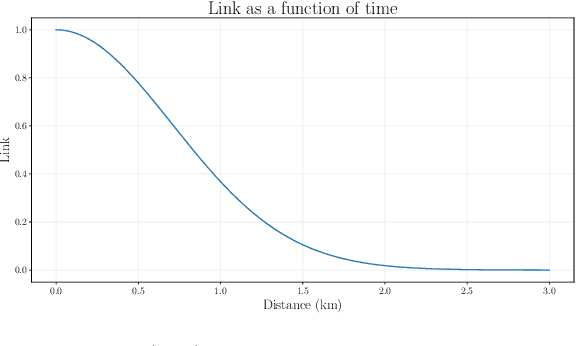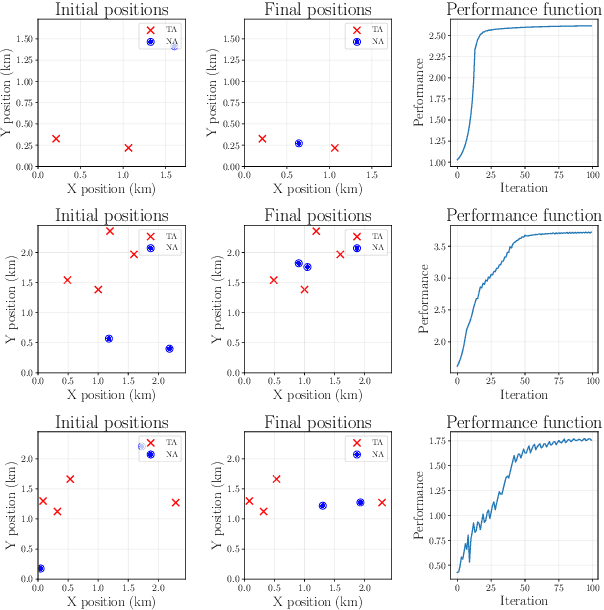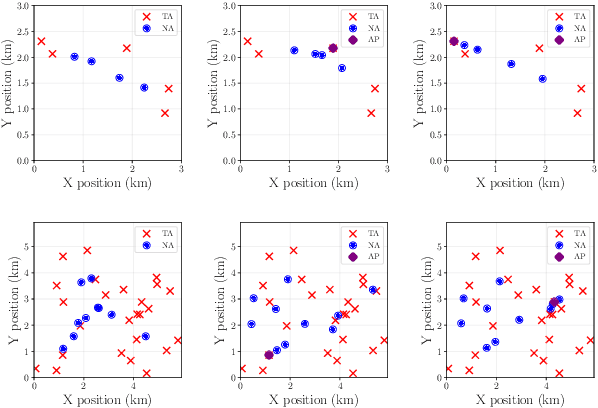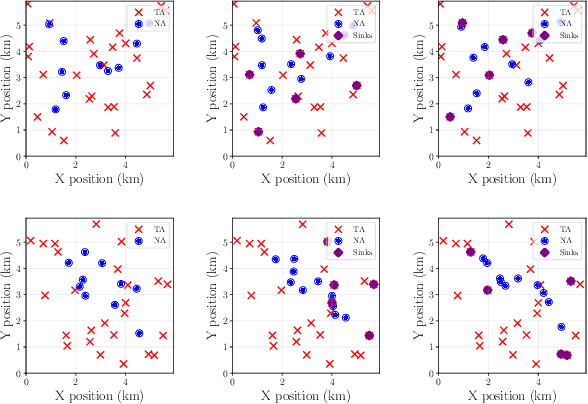Mariana del Castillo
Navigation with shadow prices to optimize multi-commodity flow rates
Sep 25, 2023



Abstract:We propose a method for providing communication network infrastructure in autonomous multi-agent teams. In particular, we consider a set of communication agents that are placed alongside regular agents from the system in order to improve the rate of information transfer between the latter. In order to find the optimal positions to place such agents, we define a flexible performance function that adapts to network requirements for different systems. We provide an algorithm based on shadow prices of a related convex optimization problem in order to drive the configuration of the complete system towards a local maximum. We apply our method to three different performance functions associated with three practical scenarios in which we show both the performance of the algorithm and the flexibility it allows for optimizing different network requirements.
A Networked Multi-Agent System for Mobile Wireless Infrastructure on Demand
Jun 14, 2023



Abstract:Despite the prevalence of wireless connectivity in urban areas around the globe, there remain numerous and diverse situations where connectivity is insufficient or unavailable. To address this, we introduce mobile wireless infrastructure on demand, a system of UAVs that can be rapidly deployed to establish an ad-hoc wireless network. This network has the capability of reconfiguring itself dynamically to satisfy and maintain the required quality of communication. The system optimizes the positions of the UAVs and the routing of data flows throughout the network to achieve this quality of service (QoS). By these means, task agents using the network simply request a desired QoS, and the system adapts accordingly while allowing them to move freely. We have validated this system both in simulation and in real-world experiments. The results demonstrate that our system effectively offers mobile wireless infrastructure on demand, extending the operational range of task agents and supporting complex mobility patterns, all while ensuring connectivity and being resilient to agent failures.
 Add to Chrome
Add to Chrome Add to Firefox
Add to Firefox Add to Edge
Add to Edge